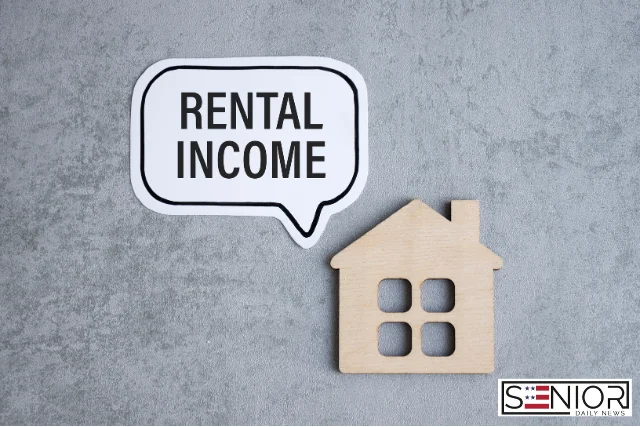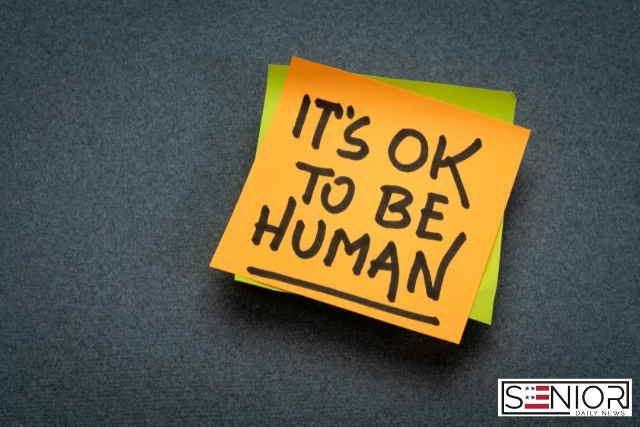Audiobooks vs. E-books: Which is Better for Aging Eyes?

As we get older, it’s natural for our eyesight to change. Reading small print can become challenging, and eye strain may happen more quickly than it used to. But that doesn’t mean you have to give up on the joy of reading!
Thanks to modern technology, there are now more accessible ways to enjoy books, especially through audiobooks and e-books. But which one is better for aging eyes?
Let’s take a look at the pros and cons of each so you can decide what works best for you.
🎧 What Are Audiobooks?
Audiobooks are spoken versions of books that you can listen to through your phone, tablet, computer, or even smart speaker. They’re read aloud by a narrator—sometimes even the author or a full cast of voice actors!
Great for:
- Listening while resting your eyes
- Multitasking (e.g., while walking, cooking, or relaxing)
- Those with vision impairments or eye fatigue
📚 What Are E-books?
E-books are digital versions of printed books that you read on a screen. You can use an e-reader like a Kindle, or a tablet, smartphone, or computer. Unlike printed books, you can adjust the font size, brightness, and contrast—a big plus for older eyes.
Great for:
- Readers who still enjoy reading text
- Those who want a lightweight, portable reading option
- Customizing visual settings for comfort
Benefits for Aging Eyes
Let’s compare how each format helps with common age-related vision changes:
| Feature | Audiobooks | E-books |
|---|---|---|
| Helps with blurry vision | ✅ Yes – no reading required | ✅ Yes – adjustable font size |
| Reduces eye strain | ✅ Yes – just listen | ✅ Mostly – screen brightness can be adjusted |
| Reading in low light | ✅ Yes – works in any light | ✅ Yes – built-in lighting options |
| Portability | ✅ Yes – listen on the go | ✅ Yes – carry hundreds of books in one device |
| Hands-free use | ✅ Yes | ❌ Not unless you use voice controls |
| Maintains reading focus | Depends – great for passive listening | ✅ Yes – actively engages visual reading |
Pros of Audiobooks
- Easy on the eyes—no reading required
- Great for people with cataracts, macular degeneration, or eye fatigue
- Can be listened to while relaxing or doing other tasks
- Available through apps like Audible, Libby (library), and Spotify
- Narration adds emotion and life to the story
Downsides of Audiobooks
- Requires good hearing or headphones
- Easier to lose track of details if you get distracted
- Not all books are available in audio format
- Some people miss the experience of “reading” with their eyes
Pros of E-books
- Adjustable font size, background color, and brightness
- Built-in dictionary, bookmarking, and highlighting tools
- Lightweight—great for arthritic hands or travel
- Available instantly from online stores or libraries
- Text-to-speech options on many devices (the best of both worlds!)
Downsides of E-books
- Still involves screen time, which may tire the eyes
- Glare or lighting can affect comfort if not adjusted
- May take time to learn how to use e-readers or apps
So, Which is Better?
It depends on your personal needs and preferences.
- If your eyes get tired easily or you struggle with vision: Audiobooks may be the better choice.
- If you still enjoy reading but need larger print and better lighting: E-books are a great solution.
- If you like having both options: Many services (like Kindle and Audible) let you switch between reading and listening!
💡 Final Tip: Try Both!
You don’t have to choose just one. Many seniors enjoy mixing things up—listening to audiobooks while on a walk or during a nap, and reading e-books when they want to focus quietly. Local libraries also offer free access to both formats, so it’s easy to explore without spending a dime.
Photo by Sound On: https://www.pexels.com/photo/books-between-headphones-3394659/






